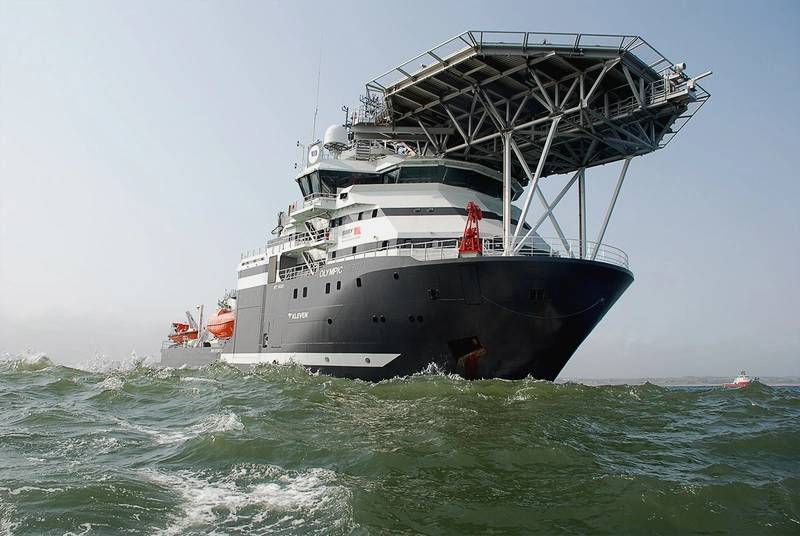DNV GL Issues First Type Approval for Aluminum Cables On Ships
As the competitive and economic pressure on the shipping and offshore industries continues to grow, owners, operators and yards are searching for every efficiency. To support its customers, DNV GL has developed the first type approval scheme for the use of aluminum cables and connectors on board vessels.
“This type approval represents another first for the DNV GL rule set and demonstrates our commitment to moving classification forward to help our customers,” said Geir Dugstad, Senior Vice President, Director of Ship Classification & Technical Director at DNV GL - Maritime. “Electrification is playing an increasingly important role in ship propulsion and this new type approval can help to reduce costs and improve sustainability.”

DNV GL’s new type approvals for aluminum cables and connectors allow expensive copper to be replaced with aluminum. The cost savings can be significant – with the price of aluminum in 2018, approximately one third that of copper.
“Traditionally, power cables for marine use have been made with copper,” explained Ivar Bull, DNV GL – Maritime. “Copper is an ideal electrical conductor of course, but the price of copper has been rising sharply over the last several decades – putting increasing cost pressures on the maritime industry. At the same time, electric propulsion is becoming more widespread in shipping, which will increase the demand and importance of finding more economical power cables.”
Aluminum’s lower conductivity means that a thicker cable is required, but this is compensated for by an overall lower weight. For example, a typical offshore support vessel may have 60 tons of copper cables installed. If these were replaced with aluminum, the weight would fall to 30 tons. But even with the price of special high quality terminations factored in, the overall estimated saving from switching to aluminum from copper is 50 per cent. Lighter cables also result in easier installation for the ship builder and lower material transport costs. Finally, a vessel with aluminum rather than copper cables, is lighter and more fuel efficient – resulting in lower operational costs.
The use of aluminum cables has been tested for the past three years in a pilot installation onboard the Bibby Offshore owned, Olympic offshore managed, Olympic Artemis, a multi-purpose offshore support vessel. The cables have been used to supply power to one of the vessel’s thrusters.
Recently, DNV GL experts, together with representatives from the cable manufacturer Amo Specialkabel AB, checked the aluminum cables onboard Olympic Artemis with a thermographic camera. Urban Sandberg, Technical manager at Amokabel, said: “Amo Specialkabel’s ambition is to be innovative and market leading when it comes to environmental and technical solutions for the marine market.”
The survey confirmed perfect connections after more than 11,000 operating hours and DNV GL was then able to issue the type approvals.
